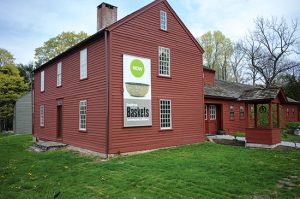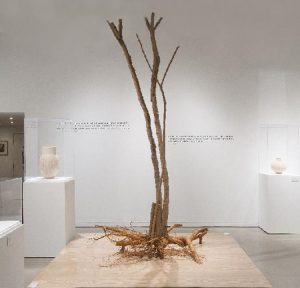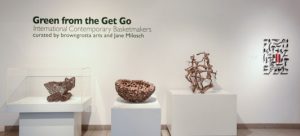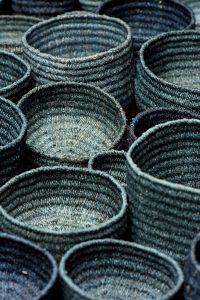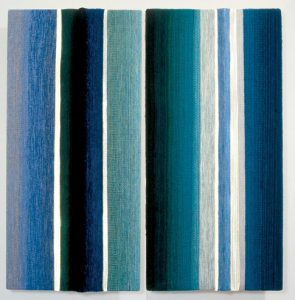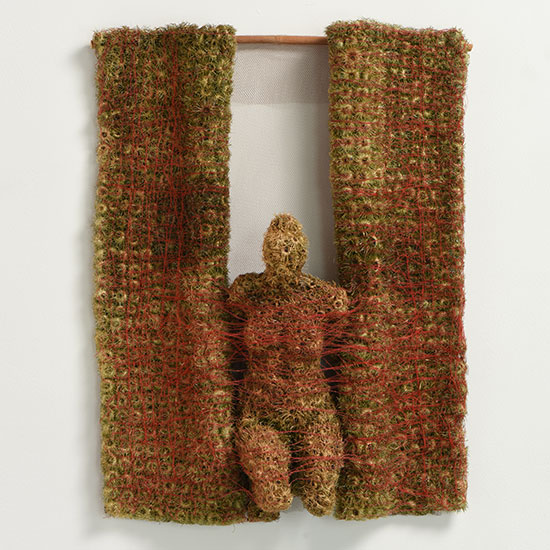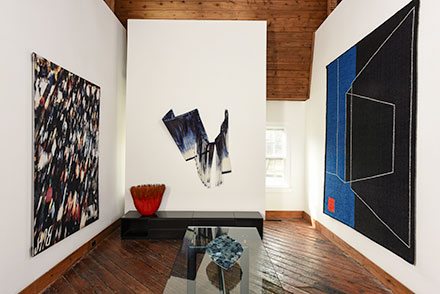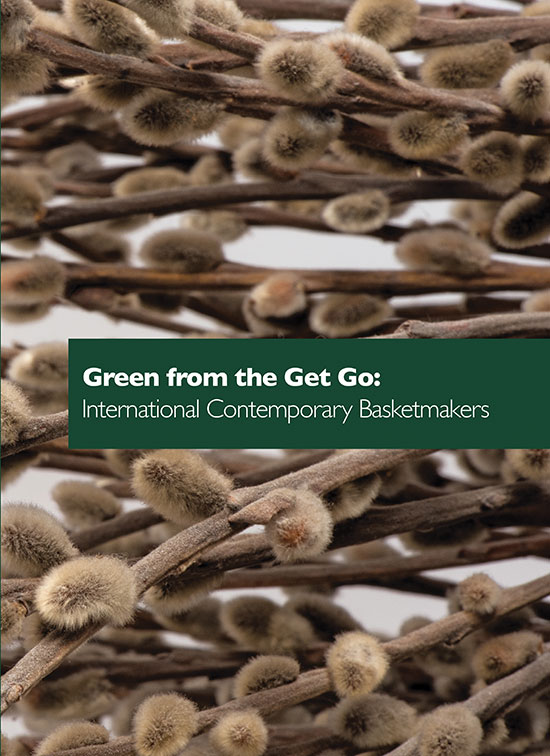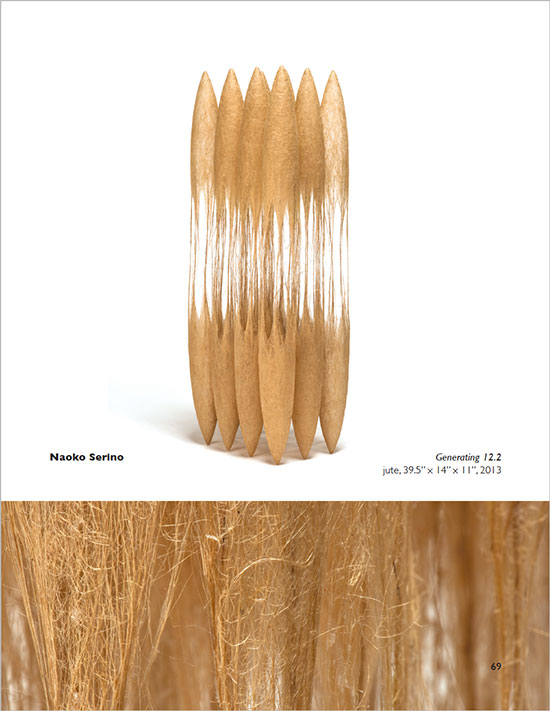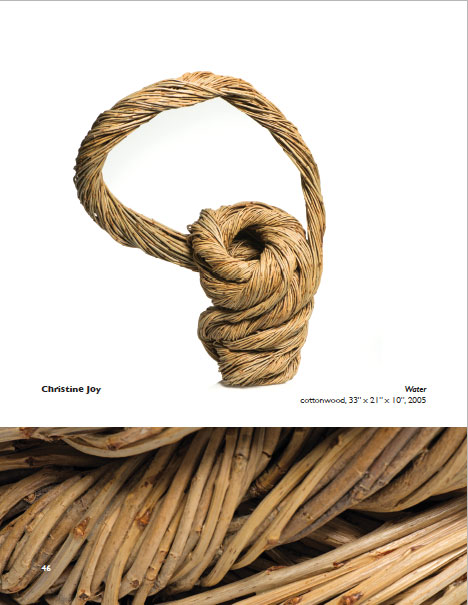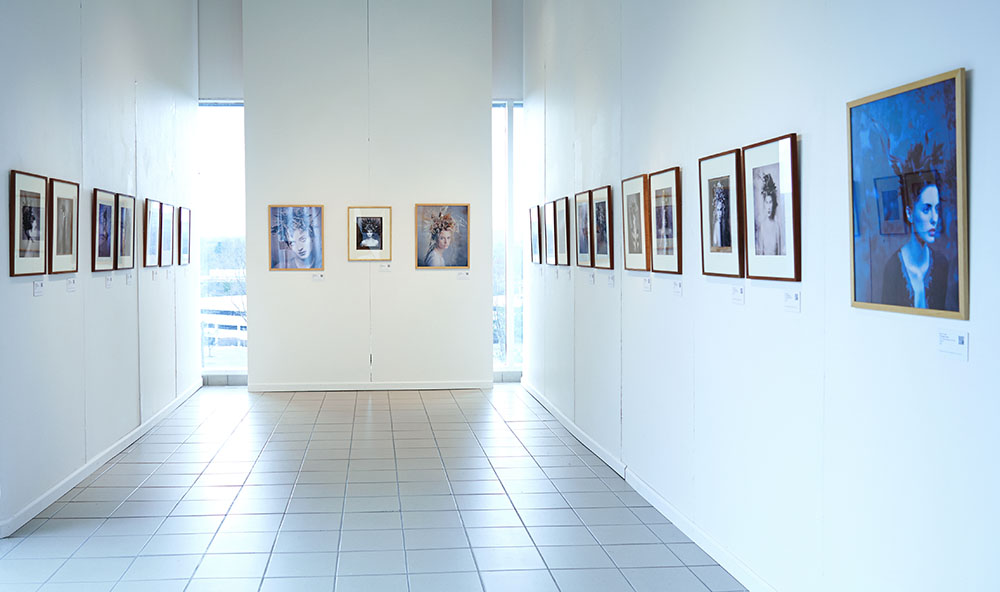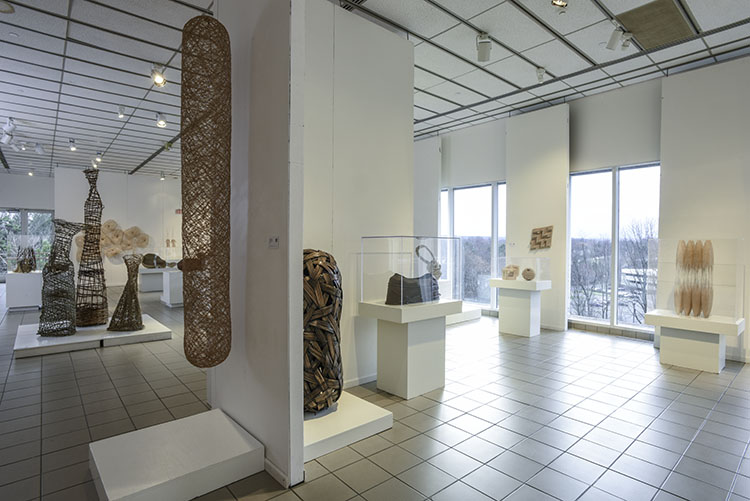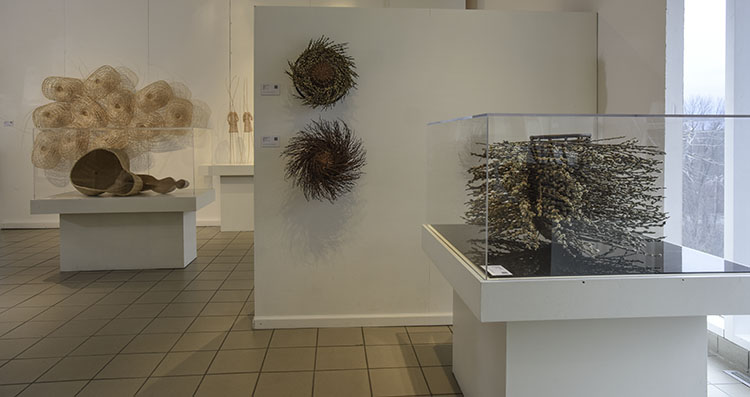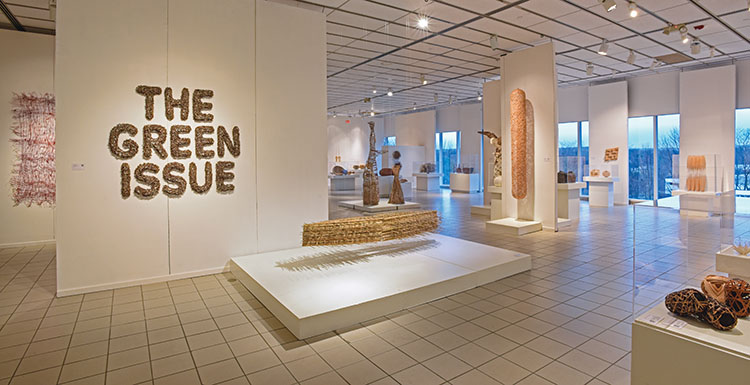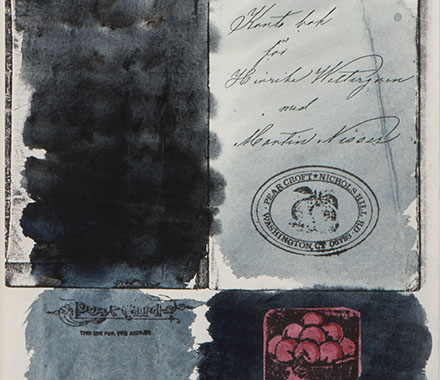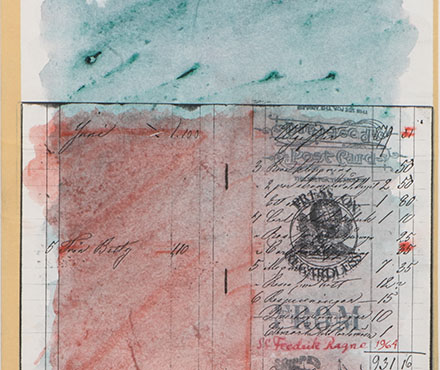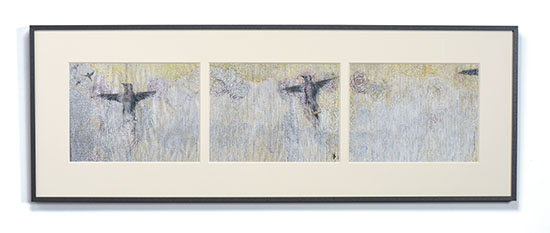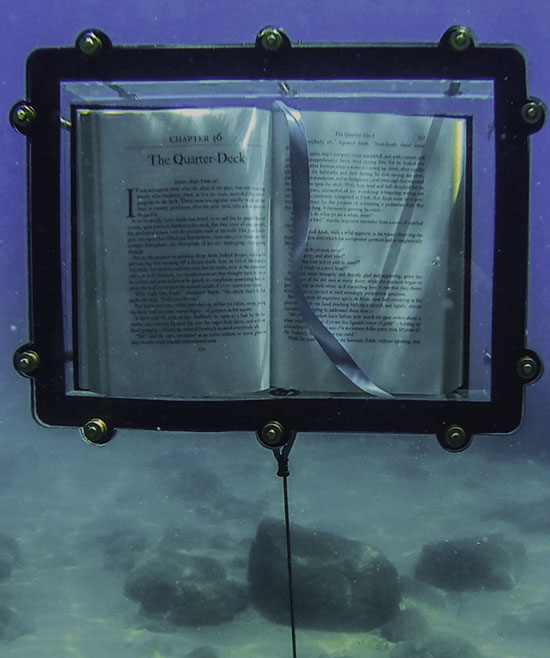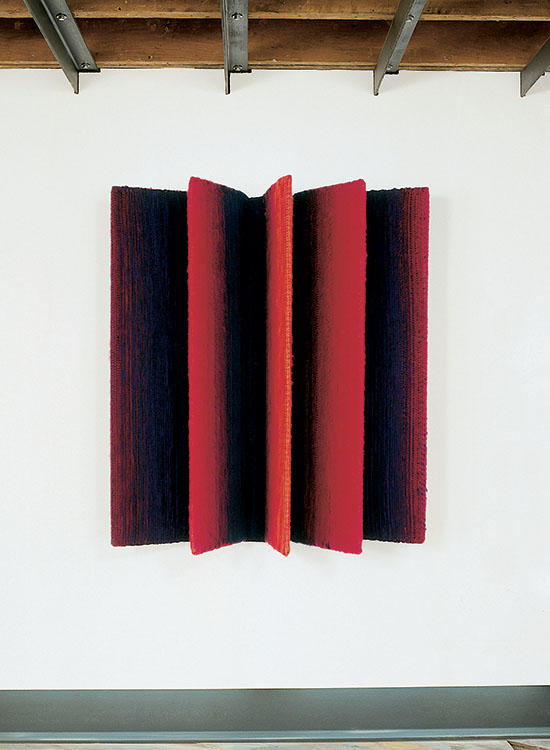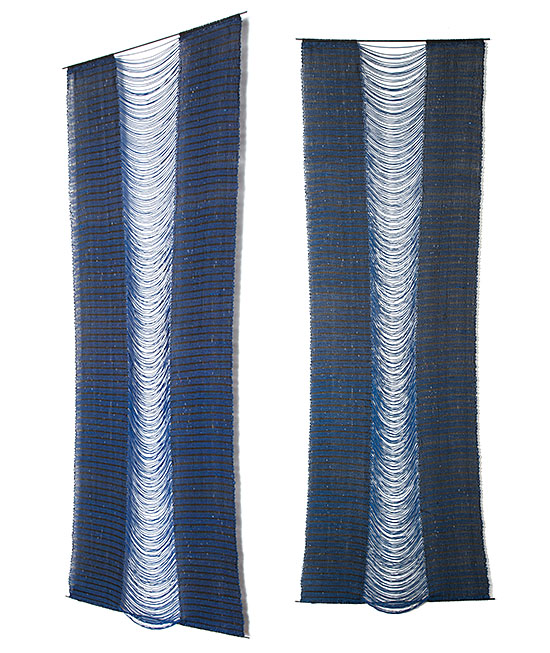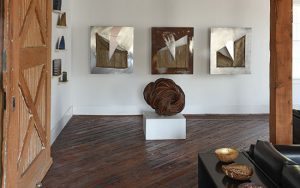
pictured works by: Christine Joy, Debra Sachs and Lilla Kulka; Photo by Tom Grotta; browngrotta arts
Artboom: Celebrating Artists, Mid-Century, Mid-Career opens at browngrotta arts in Wilton, Connecticut next Saturday April 30th, 12 -6 p.m. The exhibition is open through May 8th; hours from May 1st to May 8th are 10 a.m. to 5 p.m., earlier or later by appointment. When you are in our neighborhood, there are other art events that are well worth visiting:
The Wilton Historical Society, just down the road from bga in Wilton at 224 Danbury Road/Rt. 7, has
Hickory, Ash and Reed: Traditional Baskets, Contemporary Makers, http://www.wiltonhistorical.org/exhibitions.html on exhibit, which showcases several baskets by the late Marian Hildebrandt, whose work is represented by browngrotta arts, along with work by Jonathan Kline, Stephen Zeh, Lois Russell and Kari Lonning. Curated by Shawna Barrett, the works by contemporary basketmakers who use natural materials like brown ash, black ash, hickory, willow and reed are thoughtfully displayed aside unique historic baskets from the Society’s permanent collection. The Historical Society is closed Mondays.
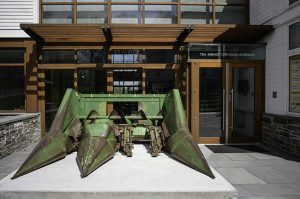
Davis Brooks: Continuous Service Altered Daily, exhibit at the Aldrich Museum, Ridgefield, Connecticut. Photo by Tom Grotta
From May 1st, Davis Brooks: Continuous Service Altered Daily, will be on exhibit at the Aldrich Museum, Ridgefield, Connecticut: http://aldrichart.org/article/continuous-service-altered-daily just north of us at 258 Main Street/Ridgefield Road, Ridgefield, Connecticut. “The stunning array of dismantled John Deere combine parts, exhibited in a diverse system of presentation, are designated according to the ecosystem service they represent, making it impossible to conceive of the combine in its entirety or to determine the machine’s complete functionality; similarly, an ecosystem integrates innumerable processes, many of them intangible or undetectable, into one whole, making it impossible for us to conceive of a life unfolding within it.” The Aldrich is closed on Tuesdays.

Paul Villinski, Self-Portrait (Detail), 2014, Steel, birds nest, 68 x 20 x 8 inches
Courtesy of the artist and Morgan Lehman Gallery, New York
The Nest, an exhibition of art in nature, at the Katonah Museum of Art, 134 Jay Street/Route 22, Katonah, New York, provides an unexpected lens through which to observe the fascinating parallels between human and animal behavior, raising timely questions about the survival of the birds and their habitats in our increasingly fragile ecological world http://www.katonahmuseum.org/exhibitions/TheNest/ The Katonah Museum is closed on Mondays.

